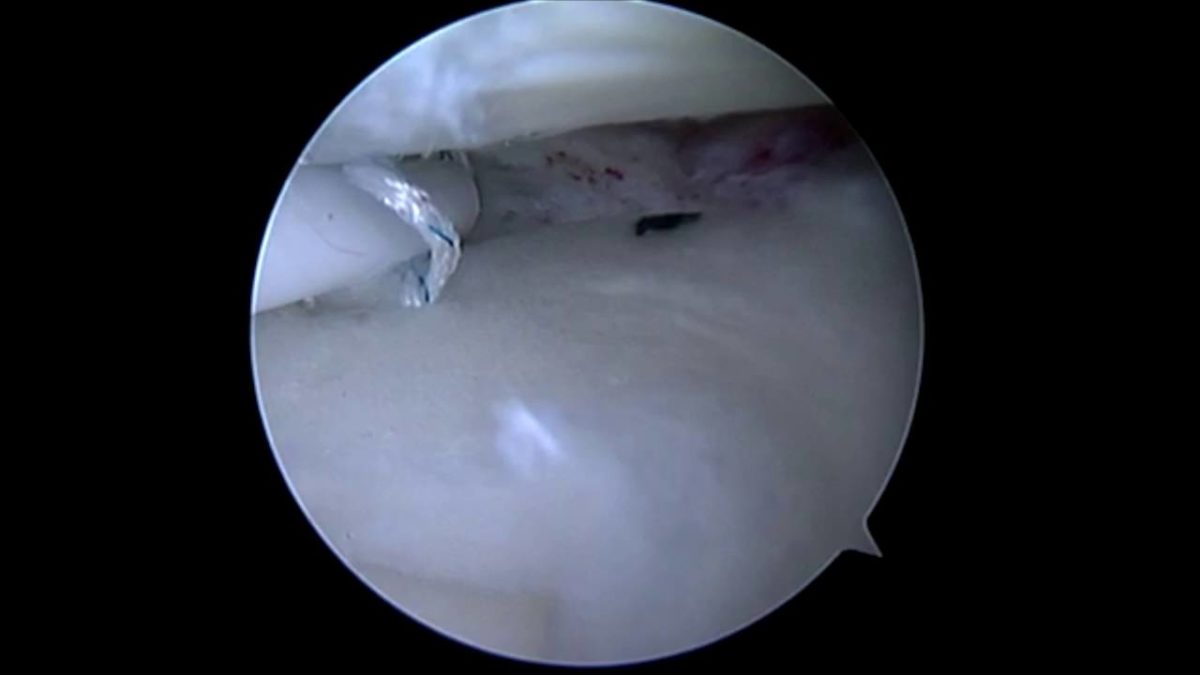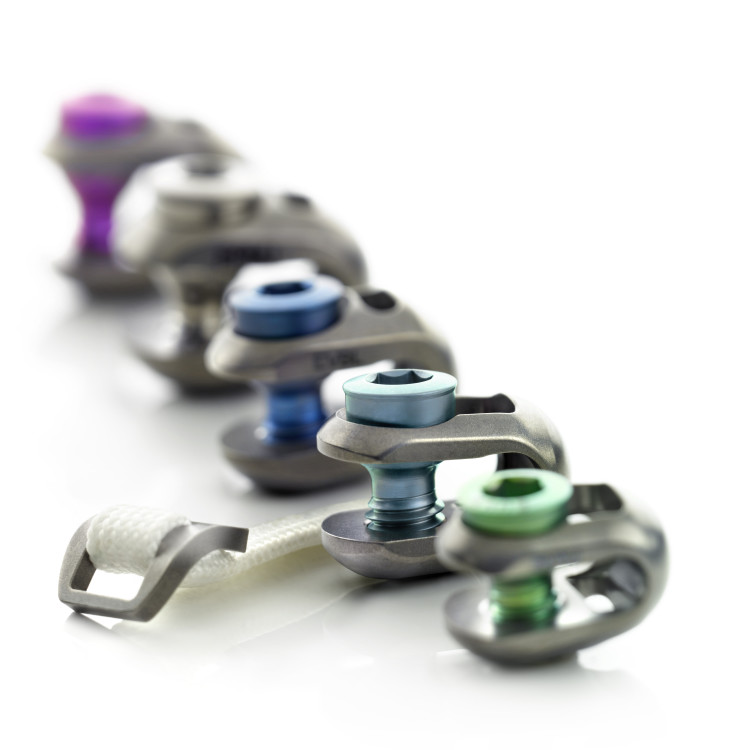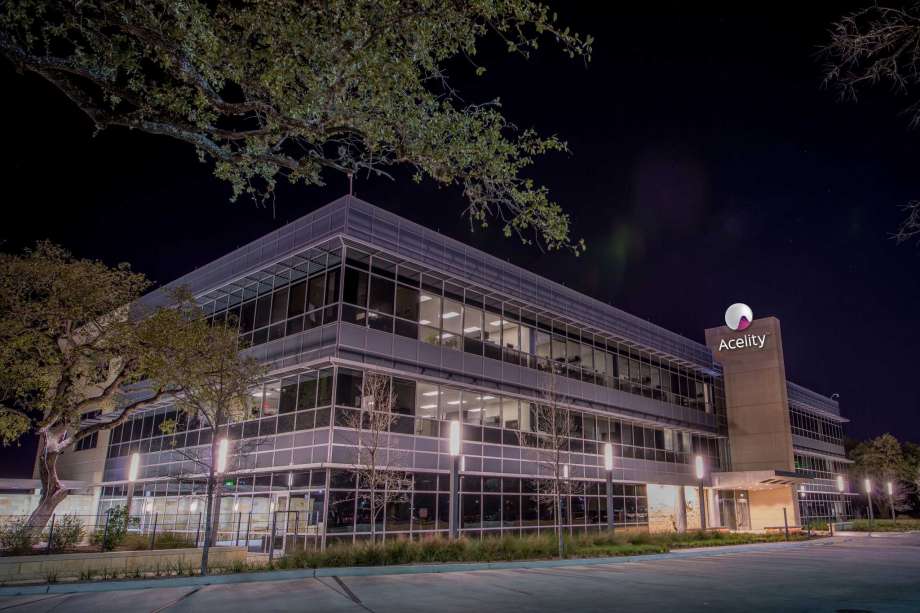PARIS & SAN FRANCISCO–(BUSINESS WIRE)–SpineGuard (FR0011464452 – ALSGD), an innovative company that designs, develops, and markets disposable medical devices intended to make spine surgery safer, announced today financial results for the half year ending June 30, 2016, as approved by the Board of Directors on September 13, 2016.
Pierre Jérôme, CEO of SpineGuard, said: “We are very pleased with these results for the first half of 2016. The combination of sustained strong growth in sales with good operating cost control allowed us to invest further in the deployment of our Dynamic Surgical Guidance platform. At the same time, we improved our operating results. In a market constantly seeking innovation and better clinical outcomes, SpineGuard continues to demonstrate the great medico-economic value of its DSG™ technology, unique in its ability to enable surgeons to make spine surgeries safer.”
|
|
|
|
|
|
|
|
|
|
|
|
|
|
| € thousands – IFRS |
|
|
H1 2016 |
|
|
H1 2015 |
| Revenue |
|
|
3,633 |
|
|
2,970 |
| Gross margin |
|
|
3,105 |
|
|
2,557 |
| Gross margin (% of revenue) |
|
|
85,5% |
|
|
86,1% |
| Sales, distribution, marketing |
|
|
-3,477 |
|
|
-3,098 |
| Administrative costs |
|
|
-1,076 |
|
|
-1,146 |
| Research & Development |
|
|
-764 |
|
|
-646 |
| Operating profit / (loss) |
|
|
-2 ,212 |
|
|
-2,332 |
| Pre-tax profit / (loss) |
|
|
-2,472 |
|
|
-2,180 |
| Net profit / (loss) |
|
|
-2,472 |
|
|
-2,180 |
|
NB : unaudited
|
|
|
|
|
|
|
|
|
|
|
|
|
|
Sales growth and reduced operating loss
For H1 2016, the Company reported revenue of €3,633k, up 22% (cc) compared with H1 2015.
Revenue in the United States increased 26% (26% cc) to €2,866k in the first half of 2016, compared with €2,274k in the first half of 2015. In the rest of the world, revenue increased 10% during the first half of 2016 to €767k compared with €696k in the first half of 2015.
4,351 PediGuard units were sold in the first half of 2016 compared with 3,716 in the first half of 2015, including 2,441 in the United States, representing 56% of total units sold.
Gross margin of 85.5% at June 30, 2016, compared with the prior year of 86.1% and remains solid. The change mainly reflects the lower ASP with the US stocking distributors but this is offset by the absence of sales commissions. Excluding stock distributors, ASP remained flat in the US while ASP was down 4% OUS due to a different country mix compared to the same period of 2015.
Operating expenses were €5,318k compared with €4,890k for H1 2015, an increase of €428k compared with June 30, 2015. This increase is due to the agents’ commissions proportioned to sales, to the hires made in sales R&D, to the gathering of the scientific advisory board in the first half of 2016 and to the accrual of variable compensation in line with the performance of the company.
Working capital requirements were €728k compared with € -65k at December 31, 2015. This continues to illustrate the relatively low operating cash needs of the Company and the efficient management of its financial resources. It should also be noted that the Company; i) sourced several raw materials and finished products in order to cover manufacturing requirements for the entire product line, and ii) is impacted by longer payment terms agreed upon for the Saudi tender that are secured by letters of credit, of which €105k was paid on July 25, as anticipated.
At June 30, 2016, cash and cash equivalents were €3,257k compared with €3,229k at December 31, 2015, and is explained as follows:
- The operating cash flow of €(2,732)k compared with the same period last year of €(1,943)k.
- The payment of interests to IPF Partners of €145k and to Bpifrance of €22k.
- The on-going repayment of the BPI Innovation loan, of €63k.
- The second draw of the IPF Partners bonds for a gross amount of €1,500k.
- The Innovation loan received from Bpifrance for a gross amount of €1,500k.
The Company also has access to the following financing:
a) Tranche C of the loan with IPF Partners for an amount of 1,500 K€ by December 31, 2016 with the condition of attaining a 12-month rolling revenue threshold;
b) An equity line (Paceo) in place since 2014 for a maximum number of 265,000 shares.
The Company’s workforce count is 28 at H1 2016, compared with 26 at the end of December 2015.
Recent events and outlook:
The half-year revenue for 2016 is encouraging and follows the excellent performance of 2015. PediGuard® Threaded, which was launched in May at the international SpineWeek congress and cleared by the US FDA mid-June, has started to contribute to revenue growth, confirming the excellent feedback received by the surgeons who performed the first cases.
The commercial launch of the PediGuard® Threaded in the USA will occur at the NASS (North American Spine Society) annual conference at the end of October in Boston. Prior to NASS, the DSG™ screw will be presented in a symposium at the European congress for spine surgery (Eurospine), and its US-FDA clearance is progressing well with the company planning to file the 510k in the third quarter of 2016.
Next financial press release: 2016 third quarter revenue, October 12, 2016.
SpineGuard will participate at the Large & Midcap Event 2016 on October 5 and 6 in Paris.
SpineGuard will participate at Actionaria on November 18 and 19 in Paris.
About SpineGuard®
Co-founded in 2009 in France and the USA by Pierre Jérôme and Stéphane Bette, SpineGuard’s mission is to make spine surgery safer by bringing real-time digital technology into the operating room. Its primary objective is to establish its proprietary DSG™ (Dynamic Surgical Guidance) technology as the global standard of surgical care, starting with safer screw placement in spine surgery and then in other surgeries. PediGuard®, the first device designed using DSG, was co-invented by Maurice Bourlion, Ph.D., Ciaran Bolger, M.D., Ph.D., and Alain Vanquaethem, Biomedical Engineer. It is the world’s first and only handheld device capable of alerting surgeons to potential pedicular or vertebral breaches. Over 47,000 surgical procedures have been performed worldwide with PediGuard. Numerous studies published in peer-reviewed medical and scientific journals have demonstrated the multiple benefits that PediGuard delivers to patients, surgical staff and hospitals. In 2015, SpineGuard started to expand the applications of DSG into pedicle screws through partnerships with innovative surgical companies in France and the US. SpineGuard has offices in San Francisco and Paris.
For further information, visit www.spineguard.com.
Disclaimer
The SpineGuard securities may not be offered or sold in the United States as they have not been and will not be registered under the Securities Act or any United States state securities laws, and SpineGuard does not intend to make a public offer of its securities in the United States. This is an announcement and not a prospectus, and the information contained herein does and shall not constitute an offer to sell or the solicitation of an offer to buy, nor shall there be any sale of the securities referred to herein in the United States in which such offer, solicitation or sale would be unlawful prior to registration or exemption from registration.








